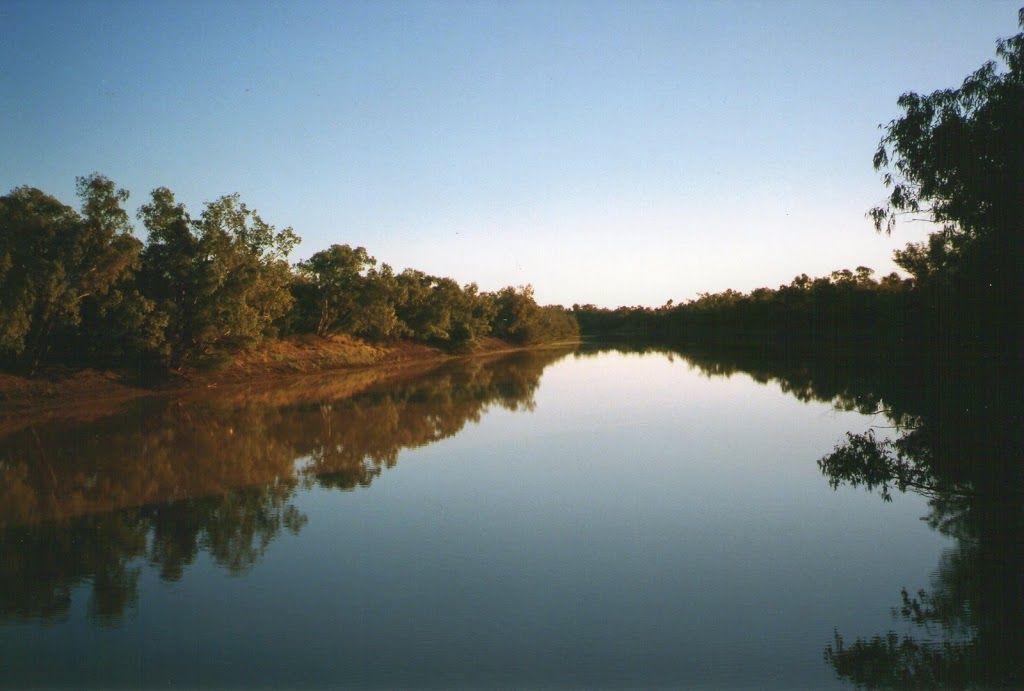Cooper Creek River

Cooper Creek is one of the most famous rivers in Australia, it is the second longest inland river system in Australia after the Murray-Darling system. Its way through the rugged landscape like a thread connecting the past to the present. For centuries, this majestic waterway has been more than just a source of sustenance and life—it has served as a cultural lifeline for indigenous peoples, settlers, and explorers alike. In this comprehensive exploration, we delve deep into the cultural importance of the Cooper Creek River, uncovering the stories, traditions, and heritage that have shaped its identity and significance over time.
I. Indigenous Connections: Ancestral Ties to the Land
The cultural importance of Cooper Creek River dates back thousands of years, to a time when indigenous peoples roamed the vast expanses of the Australian outback. For these First Nations communities, the river was more than just a source of water—it was a sacred site imbued with spiritual significance and cultural meaning. From the Dreamtime stories that speak of the river’s creation to the traditional practices and ceremonies that continue to be held along its banks, the Cooper Creek River remains deeply intertwined with the identity and heritage of indigenous Australians.
II. Traditional Practices and Customs: Honoring the Past
Throughout history, indigenous peoples have maintained a close connection to the land and waters of the Cooper Creek River, preserving traditional practices and customs that have been passed down through generations. From fishing and hunting to gathering bush tucker and medicinal plants, the river has provided sustenance and resources essential for survival. Today, many indigenous communities continue to uphold these traditions, ensuring that the cultural significance of Cooper Creek River endures for future generations.
III. Art and Expression: Capturing the Spirit of the River
The cultural importance of Cooper Creek River is not limited to its practical and spiritual significance—it is also expressed through art, music, and storytelling. For indigenous artists, the river serves as a muse, inspiring vibrant paintings, intricate carvings, and stirring songs that celebrate its beauty and significance. From dot paintings that depict the river’s meandering course to didgeridoo melodies that echo its gentle flow, the cultural legacy of Cooper Creek River is preserved and celebrated through artistic expression.
IV. European Exploration and Settlement: Shaping Cultural Landscape
With the arrival of European explorers and settlers in the 19th century, the cultural landscape of Cooper Creek River underwent significant changes. European influences introduced new customs, traditions, and ways of life that coexisted alongside indigenous practices, shaping the cultural fabric of the region. From the establishment of pastoral stations and trading posts to the construction of towns and settlements along the riverbanks, European exploration and settlement left an indelible mark on the cultural heritage of Cooper Creek.
V. Environmental Conservation and Cultural Preservation: A Shared Responsibility
In recent years, there has been a growing recognition of the need to protect and preserve the cultural heritage of Cooper Creek River, alongside its natural environment. Indigenous communities, environmental organizations, and government agencies are working together to develop sustainable management plans and conservation initiatives that respect the cultural significance of the river while safeguarding its ecological integrity. By embracing a holistic approach to environmental conservation and cultural preservation, stakeholders are ensuring that the cultural importance of Cooper Creek continues to thrive in harmony with the natural world.
VI. Tourism and Cultural Exchange: Bridging Past and Present
As interest in the cultural heritage of Cooper Creek River grows, so too does tourism and cultural exchange opportunities. Visitors from around the world are drawn to the river’s rich history, diverse traditions, and stunning natural beauty, eager to learn from indigenous guides, participate in cultural experiences, and contribute to the preservation of traditional practices. Through responsible tourism and cultural exchange programs, the cultural importance of Cooper Creek is shared and celebrated, fostering mutual respect and understanding between cultures and bridging the gap between past and present.
Conclusion:
In conclusion, the cultural importance of Cooper Creek River is a testament to its enduring legacy as a symbol of connection, resilience, and shared heritage. From its ancient origins as a sacred site for indigenous peoples to its role as a cultural and environmental treasure for all Australians, the river holds a special place in the hearts and minds of those who have been touched by its beauty and significance. As we continue to explore and celebrate the cultural heritage of Cooper Creek, may we do so with reverence, respect, and a deep appreciation for the stories, traditions, and heritage that have shaped its identity and significance over time.
Know More about the Cooper Creek River.
What are The Religious Places of the Cooper Creek River?
When Did The Cooper Creek River Basin Become a Focus?
Where is The Cooper Creek River Located?
Who Were The Key Historical Figures and Civilizations of The Cooper Creek River?
How to Reach Cooper Creek River?




